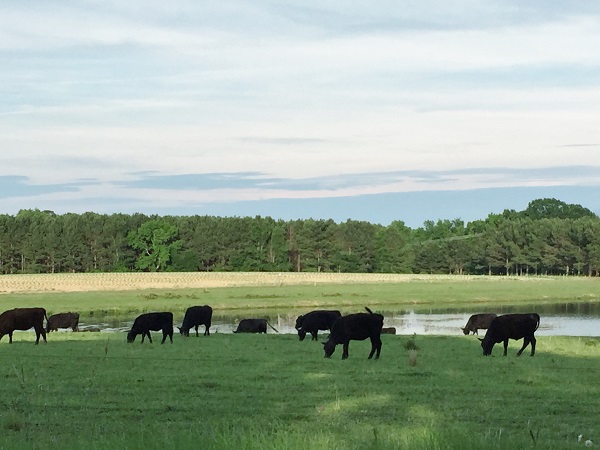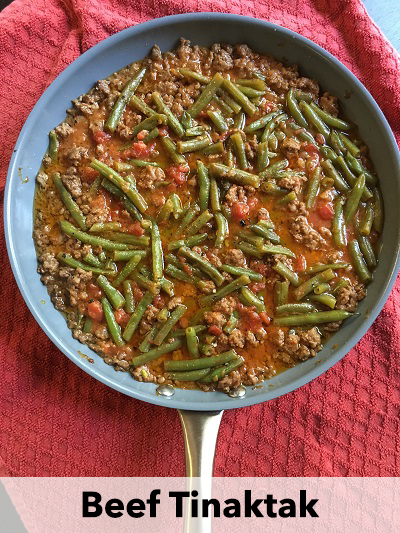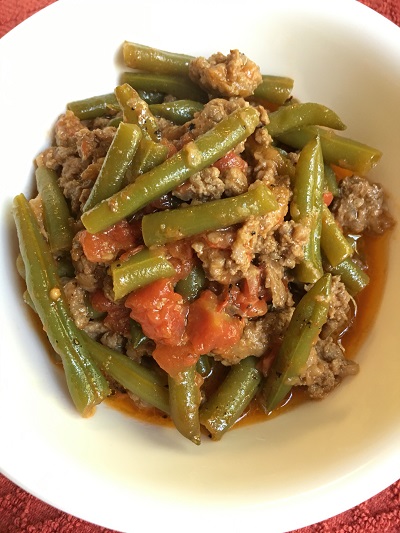By now most of us have heard about grass-fed beef and dairy, but you may still be confused about what that really means and if the benefits are worth the extra cost. First let me point out that “organic” has nothing to do with whether an animal product is grass fed or not. You can have organic beef or dairy that comes from cows raised on factory farms (or concentrated animal feed lots, CAFO’s), you can also have grass-fed beef or dairy that doesn’t have the organic label. Usually this is because the farm is too small to afford the organic certification.
“You are what you eat” not only applies to us, but the animals we eat too. How the animal was raised, and what they ate plays a huge role in nutrient density, fatty acid profile, and many other attributes of that animal product. Cows raised on factory farms are fed in a way to boost their productivity and keep costs down. The main ingredients are corn, soy and grain (kept at low prices by government subsidies). To further cut costs, they can use "alternative feed" which can be anything from chocolates, candy and stale pastry to poultry litter (feces, sawdust, feathers, chicken feed (which can contain cow by-products and anything else that might get scooped up from the floor of the chicken coop), pig or horse protein and blood and tallow.
You are what you eat applies to the animals we eat too! #grassfed #saslife Click To Tweet“Grass fed” or “pasture raised” means that the cow was raised AND finished on grass. Be wary of “grass-fed, grain-finished” on labels. The “finishing” virtually un-does the health benefits of grass fed. Plus, that’s usually just a marketing ploy since all cows technically start off on grass.
Let’s look at some of the main health differences. There are also many environmental and social issues that divide grass-fed beef and factory farm beef but those won’t be covered in this blog.
1. Grass fed has healthier fats
- Grass-fed beef contains significantly more omega-3 fats than grain-fed beef. It also has a more favorable or anti-inflammatory ratio of omega-3 to omega-6 fatty acids than grain-fed beef. The overall amount of omega-3 fats is still not even close to the amount of omega-3’s in salmon and sardines though, so keep eating that fatty fish!
- Milk from grass-fed cows also contains more omega fatty acids and the ideal ratio of omega-3 to omega-6 fatty acids. Studies suggest that if your diet contains roughly equal amounts of these two fats, you will have a lower risk of cancer, cardiovascular disease, autoimmune disorders, allergies, obesity, diabetes, dementia, and various other mental disorders.
- Grass-fed beef contains an average of 2-3 times more conjugated lineoleic acid (CLA) than grain-fed beef. Grass-fed milk also has significantly more CLA than grain-fed milk. CLA exhibits potent antioxidant activity, and research indicates that it might be protective against heart disease, diabetes, and cancer. Grass fed ruminants are the richest known source of this healthy fat.
2. Grass fed has more vitamins
- Grass-fed beef contains considerably more antioxidants, vitamins, and minerals compared to grain fed beef. Meat from grass-fed cows has 7x more beta-carotene and up to 3x the amount of vitamin E, plus higher levels of other antioxidants (glutathione and superoxide dismutase, or SOD). These antioxidants play an important role in protecting our cells from oxidation.
- Grass-fed beef also contains higher levels of zinc, iron, phosphorus, and potassium and grass-fed milk is higher in beta-carotene, vitamin A, vitamin E and antioxidants.
3. Grass fed is safer and has fewer antibiotic and pesticide residues
- Cows are herbivores, meaning they are supposed to eat grass. Eating corn, soy and other things (like they do in factory farms) makes them sick. They develop severe digestive issues that make them more susceptible to infections from bacteria like E.coli. Factory farms or CAFO’s add low dose antibiotics to the feed, since the animals are always sick (many cows in confined spaces means infections spread easily). The antibiotic residues make it into the meat we eat and can damage our normal gut bacteria and cause antibiotic resistant strains that are even MORE likely to make the cows and us sick.
- More than 80% of all antibiotics used in the U.S. are given to animals destined for us to eat. Their feed also contains pesticides, and since most pesticide residues accumulate in fatty tissues, you can expect factory farm beef to have much higher pesticide residues than grass-fed beef.
How to make the switch
It is true that at the point of purchase, grass-fed beef is typically more expensive. I say “at the point of purchase” because we pay for that cheap beef in other ways (more pollution, increased antibiotic resistance, poor health, etc.). Here are a few tips to help with that higher cost:
- Use less – “extend” the beef in dishes by using less and adding beans. For example, beef tacos are delicious with added black beans. Instead of using 1 pound of beef, use ½ pound and 1 ½ cups cooked black beans (1 can). Lentils and mushrooms also make great “extenders” in recipes.
- Buy in bulk – most farms offer bulk discounts. You can go in with a few friends and buy ½ or a ¼ of a cow (don’t worry it’s all cut up and packaged) at a reduced price. You just need some serious freezer space if you purchase it all yourself.
- Look for sales – stock your freezer when you see a good sale on grass-fed beef at the grocery store.
Where to purchase
Local is always going to be your best bet when it comes to grass-fed beef, so check out your local farmers markets first. Here in Cary, North Carolina we are surrounded by lots of small farms that do an amazing job raising their animals! Grass-fed dairy is a little harder to find locally (at least here) but there are several brands that you can find in many stores now. And of course you can purchase grass-fed beef online from places like US Wellness Meats or subscription services like Butcher Box.
Check out Eat Wild and Local Harvest for farms, but do check your local farmers market first, because not all farms are on these two websites.
Beef Tinaktak
Recipe from: thedomesticman.com
Makes 4 Servings
Ingredients
1 Tbsp olive oil
1 cup chopped onion (about ½ onion)
1 lb grass fed ground beef
1 Tbsp tamari or coconut aminos
¼ tsp sea salt, more to taste
¼ tsp pepper, more to taste
¼ tsp ground ginger
¼ tsp granulated garlic
1 cup coconut milk (about ½ can)
1 (14.5oz) can diced fire-roasted tomatoes
1 lb green beans, trimmed and cut into 2″ lengths
Directions
- In a large skillet, warm the olive oil over medium-high heat. Add the onion and sauté until softened, about 4 minutes. Add the ground beef and sauté until browned and slightly crispy, breaking up chunks with a wooden spoon, about 8 minutes. Add the tamari, salt, pepper, ginger, and garlic; stir to combine and allow the tamari to caramelize, about 1 minute.
- Add the coconut milk, tomatoes, and green beans, and stir to combine. Bring to a simmer, cover and reduce heat to low; simmer until the beans are soft and bright green, about 5 minutes. Uncover, add more salt and pepper to taste, then serve with rice or cauliflower rice.
Notes: For added heat, serve with chopped jalapeno pepper or add a few squirts of hot sauce.




